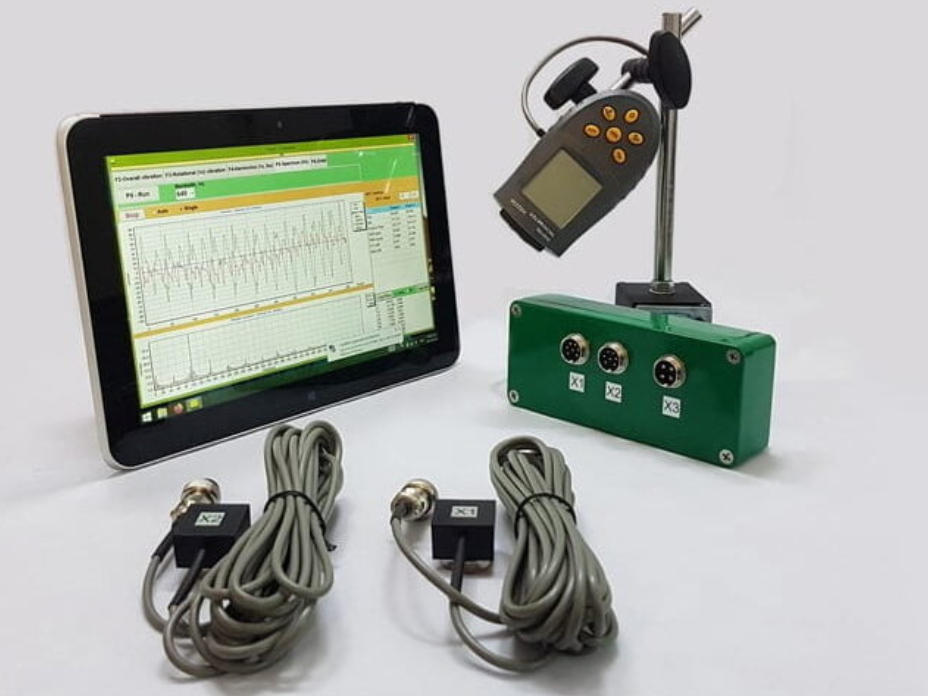Buying a Tesla Will Remain a Luxury

is doing very well—so well you might wonder why it has been raising prices so aggressively.
The electric-vehicle pioneer on Wednesday reported yet another record quarter for profits, far ahead of analyst forecasts, despite delivering a similar number of cars to customers. The explanation is a combination of price increases and, given the backdrop of soaring commodity prices, surprisingly low inflation in its bill of materials. Teslas sold for an average price of about $52,200—up 2.9% compared with the fourth quarter—while their average cost rose 1.7% to $36,500.
Factoring in extra revenues from regulatory credits and head-office costs such as research and development, the operating margin came in at 19.2%, up from just under 15% in the second half of last year. Most car makers give themselves a round of applause when they get into double digits. Tesla shares rose 5% in aftermarket trading.
Such results are evidence of the strength of Tesla’s brand and manufacturing capabilities now that they are running at scale, but they also raise questions about the company’s strategy. What will it do with the cash? And can a company built on the promise of affordable EVs continue to raise prices and make margins beyond the wildest dreams of its peers?
Some answers might come in Tesla Chief Executive
highly anticipated “Master Plan Part 3.” He tweeted last month that this was in the works in response to a Bloomberg article pointing out that his initial Master Plan to make affordable family-oriented EVs, laid out in a 2006 blog post, remains unfinished business. It clearly touched a nerve.
It is becoming clear that Mr. Musk’s new affordability pitch will revolve around robotaxis for fleet use rather than EVs for individual sale. He said earlier this month that Tesla was working on a robotaxi project, and added on a call to discuss Wednesday’s results that it would hold a robotaxi event next year with an ambition to launch volume production in 2024. This is after he said three months ago Tesla wasn’t “currently working on” a much-discussed $25,000 model.
The logic of robotaxis is that they can be expensive to make but cheap to ride, due to heavy use that makes the most of an EV’s low running costs. The batteries could potentially also be smaller than in cars optimized for personal use, because they wouldn’t stray beyond a fixed geographic area. Robotaxi rides would cost less than a subsidized subway or bus ticket, Mr. Musk claimed Wednesday.
Building robotaxi fleets also requires a vast amount of capital, as Alphabet’s Waymo and
’ Cruise have discovered. This could be a future use for Tesla’s cash flows.
Mr. Musk addressed the awkward conjunction of substantial price increases and record margins by saying that, given Tesla’s long waiting lists, the prices it is charging now need to anticipate raw-material inflation over the coming six to 12 months. He also pointed out that the company faces no shortage of demand.
Fair enough, but now Tesla’s promise of mass-market electric mobility seems to hinge on a technology that has proven extremely hard to perfect. The company’s project timelines have a long history of being extended, none more so than its efforts to make cars driverless. The year 2024 could again prove an optimistic delivery date.
Tesla’s tech-star valuation has long depended on its cracking this nut, to which it has a different approach to almost everyone else, spurning the standard lidar perception technology in favor of cameras alone. Now its corporate mission to “accelerate the world’s transition to sustainable energy” is pointing down the same road. It better not lead to a dead end.
Write to Stephen Wilmot at stephen.wilmot@wsj.com
Copyright ©2022 Dow Jones & Company, Inc. All Rights Reserved. 87990cbe856818d5eddac44c7b1cdeb8








